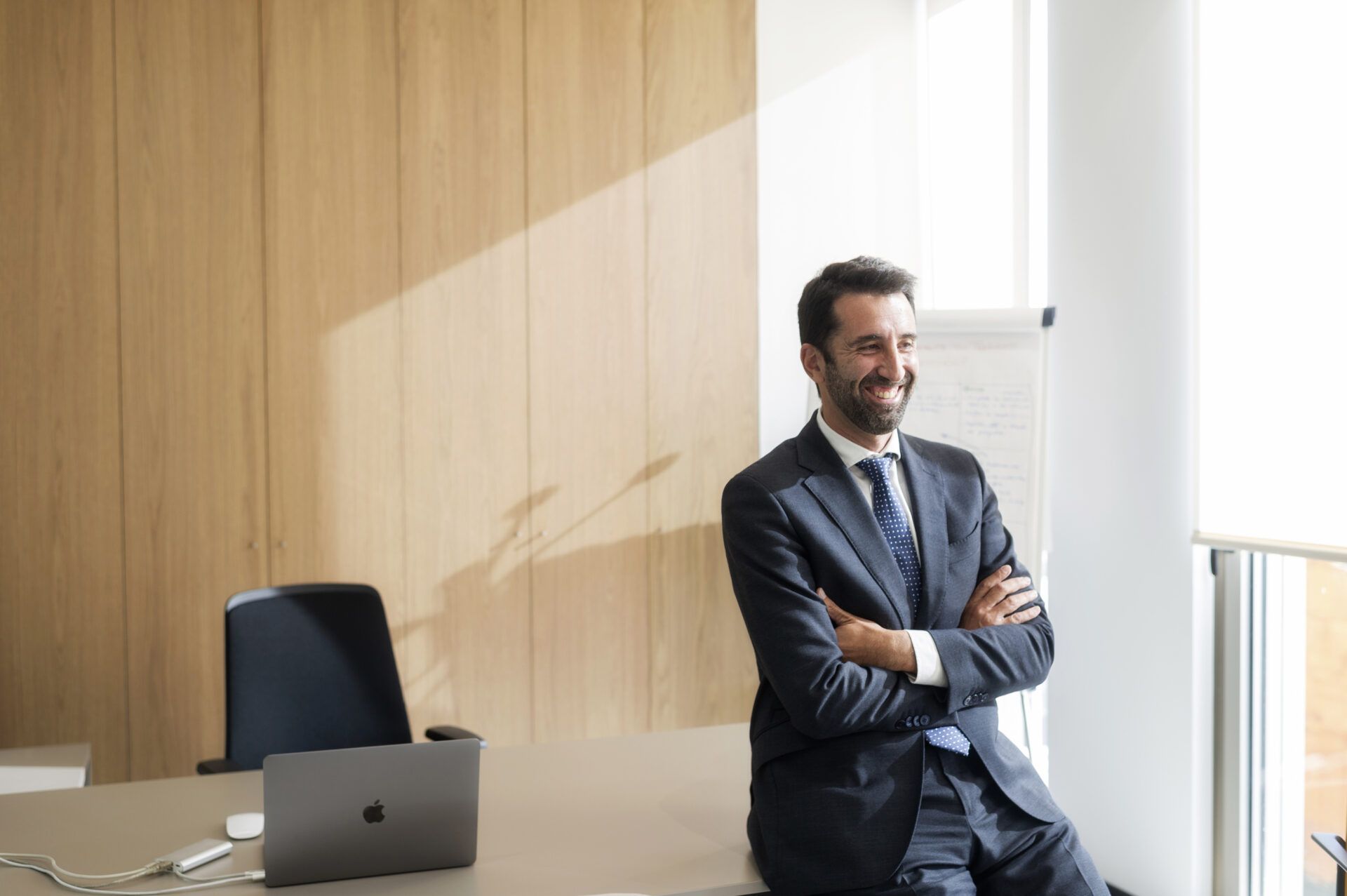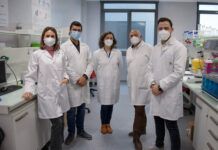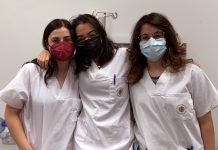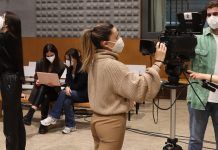He has just been named an associate member of one of the expert committees of the European Association for International Education, one of the most important organizations in the world for the issue of the internationalization of universities. Alfonso Díaz, Vice-Rector for Internationalization at CEU UCH, explains in this interview the reasons behind this achievement and what it means. And he also tells us about one of the University most ambitious strategic projects: CEU Global Classroom, which the university community will learn more about on 4th December.
Being named a member of this expert committee is a milestone. Tell us about how this achievement has come about.
It’s due to the good results we’ve had in the implementation of the COIL (Collaborative Online International Learning) approach. It’s an approach which first saw the light of day in New York several years ago and is now widely used in Latin America, Asia and central Europe.
We began using this approach at the CEU Cardenal Herrera University a year and a half ago. This drew international attention, because it was the first time that this approach had been used in Spain in a systematic and structured way, with the both the support of the institution and senior management and the fundamental commitment of the lecturers involved.
People can now see that we are ahead of other universities in Spain and other countries, and so we have been invited to form part of the expert committee in order to help expand these initiatives. The ultimate aim, very much in line with the values of the EAIE, is to learn, share and help.
‘The EAIE has asked us to form part of the expert committee in order to help expand these internationalization at home initiatives.’
We’ll come back to the COIL approach in a moment. But first, what does it mean for our university to be recognized in this way by such an important organization?
Belonging to this network enables mutual learning, sharing and helping to take place. Of course, all of the best practices that I’m learning about because of my position at the EAIE can be imported and used at our university. In fact, this is what happened with COIL, which we learnt about after attending a seminar in the Netherlands two years ago. And in the other direction, the EAIE provides us with the ideal platform for us to share our best practices with others.
Of course, it is also a forum in which partnerships can be struck and fantastic channel for networking, enabling us to participate in European projects and arrange high-quality placements for our students.
This network gives us easy access to partners in Europe and across the world for any activity we want to undertake.
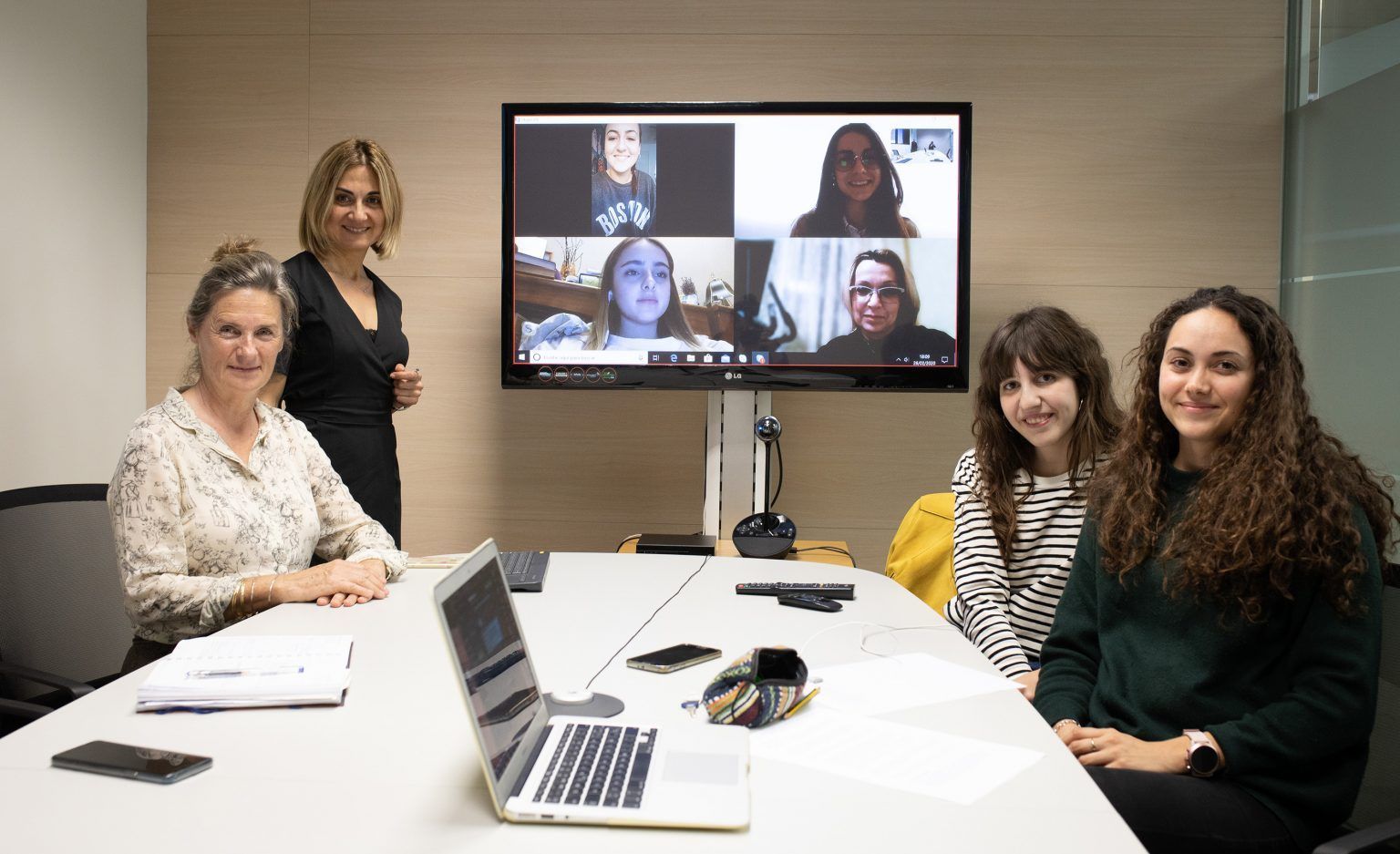
For example?
Right now, we’re preparing a European project regarding the transformation of teaching through digitization with five European universities. We’ve also submitted two papers for the EAIE annual conference, which will take place in September. One of these concerns the contribution of universities to compliance with the Sustainable Development Goals. The CEU Cardenal Herrera University is collaborating with Kansai University in Japan and the University of Florida in the USA, in order to gain a triple perspective from different continents on the SDGs and universities: one perspective is teaching, another is research and, finally, communications and awareness-raising. Europe is focusing on the latter. In other words, CEU UCH.
‘Belonging to this network enables mutual learning, sharing and helping to take place and it’s a fantastic channel for networking’
We’ll be sure to follow all these initiatives closely. Alfonso, let’s move on to the reason for your being named to this expert committee. You said that the key to our success was our systematic implementation of the COIL approach.
Yes. The experience at other institutions has often been that projects of this kind fail, either because they are seen to have been imposed by the senior university management without any buy-in from the academic staff. Or they are initiatives from individual lecturers without any connections with other members of the academic staff and so they can’t grow and spread out to other areas of the university.
However, we’re focused on both dimensions. The EAIE has seen how from the very beginning we were committed to the comprehensive implementation of the approach, offering institutional support for lecturer training, and that there was a group of highly motivated lecturers participating in the project. Then, after the pandemic struck, we took another leap and exported it to the Universidad CEU San Pablo in Madrid and the University Abat Oliba CEU in Barcelona. So, it became a movement led by three pioneering universities in Spain.
In short, the organization saw how the COIL approach was consolidated for the first time in Spain in a systematic, scalable and growth-oriented way, with institutional support and buy-in from the academic staff. The outcome of all this hard work is that we’re now part of the EAIE Internationalization at Home community.
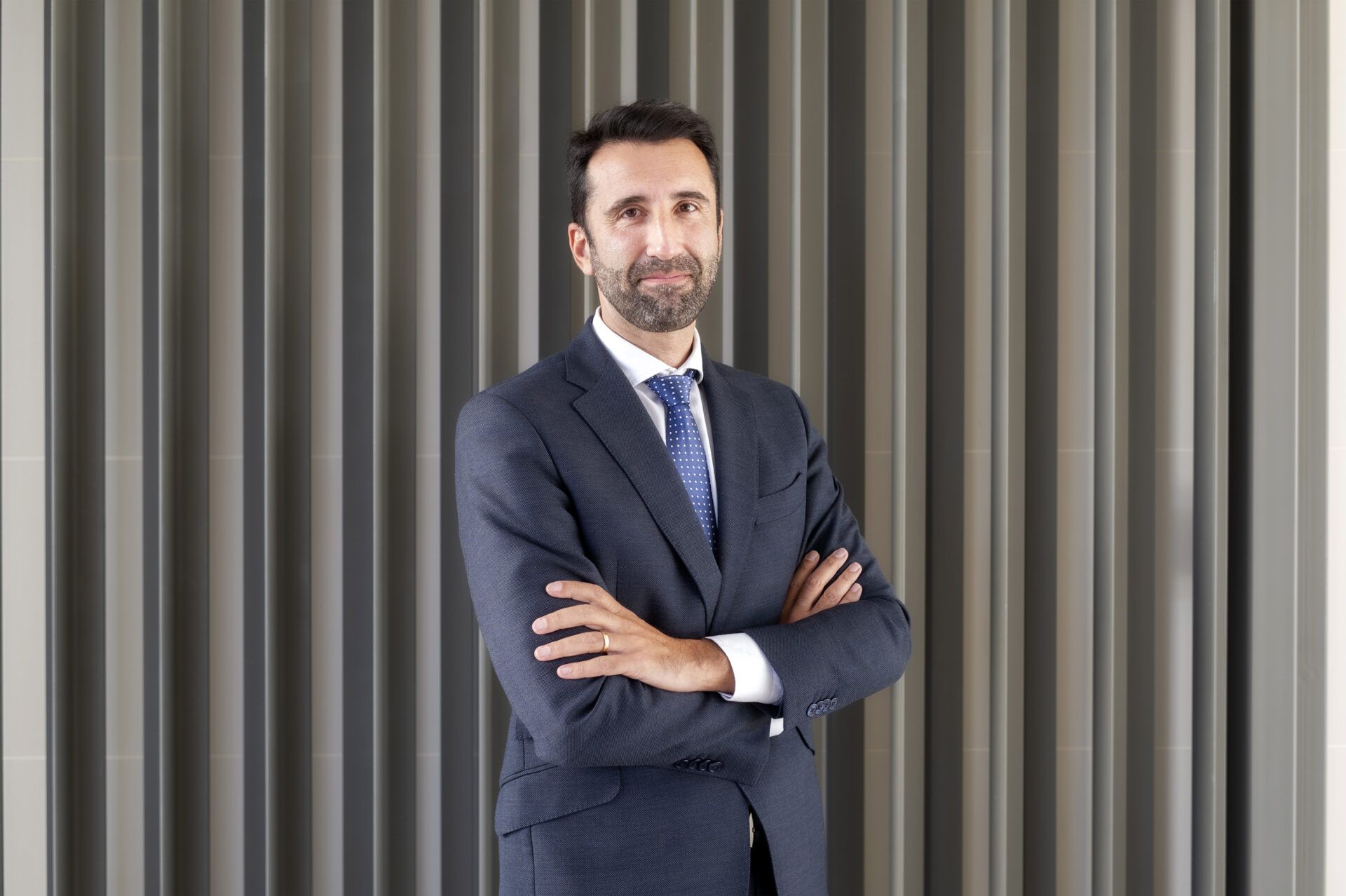
Tell us about what this is.
The EAIE is made up of fifteen expert communities, concerning issues such as languages, mobility, admissions, European programmes, and internationalization at home.
In this community, we are researching, developing and implementing policies to enable students to gain an international experience on the campus of their own university.
This community seems especially important during a pandemic.
Yes, for this reason, it’s the area that has seen the biggest increase in interest. In the absence of being able to travel, it was important to still be able to provide students with international experience.
In any case, the pandemic has simply accelerated certain processes that were already underway, but which, for a variety of reasons, were not yet completed.
One of these processes was the digitization of education. For another of them, internationalization at home, you need all the right resources to provide students with an international experience, through activities which fall within either the curriculum of their study programme or as part of wider campus life.
The two processes are interrelated, as digital technology has made internationalization at home possible, via the HyFlex system in our case.
‘Virtual exchanges comprise a range of easy to implement initiatives which students also find very rewarding’
It certainly seems like the COIL approach is here to stay. What advantages does it possess in comparison with other forms of internationalization?
The pandemic itself has shown that the traditional mobility model involving the Erasmus programme was not scalable. Regardless of the level of resources the European Union allotted to it, the number was never going to be sufficient to reach a critical mass of students. Even without travel restrictions, student participation in the Erasmus programme is around 4%, meaning that 96% had no means of access to internationalization.
The EU is aware of these limitations and so, some years ago, it began to develop virtual mobility programmes, enabling students to connect, via a computer at his or her home university’s campus, to lectures taking place at another university in another country.
‘The pandemic has accelerated the process of internationalization at home and the digitization of education’
But these are passive experiences, very different to the COIL approach.
That’s right. The student connects to the lecture at the other university, but there’s no cultural or social interchange with the other students. So, the student ‘attends’ the lecture on the online platform and does exercises, but there’s no interaction.
In contrast, you have what the EU calls virtual exchanges, including the COIL approach and they represent a set of wider and more flexible initiatives, which are easier to implement and are much more rewarding for students.
They’re easier because the activity is shorter in duration and more intense, so that it doesn’t take up a whole course or semester.
And they’re more rewarding because they involve real interaction with students from other cultures.

That’s great. Alfonso, how many COIL projects are taking place this year?
We’ve seen exponential growth, because last year there were 6 projects and this year there are 37.
My strategic objective for 2019-2020 was to have at least one such project at each faculty. This year the idea was to have at least one on each campus and then, next year, one for each study programme.
Then you’ve almost reached the objective a year early. Have you seen the same level of success quality-wise?
Yes. The feedback I’m getting from students is that they are delighted with these programmes. The lecturers are also satisfied with how they’re going. I know that COIL requires a lot of hard work from everyone, the lecturers, students, and faculty teams, so we’re really grateful because the approach enables students to improve their ability to work autonomously, take decisions, negotiate, lead, and understand other cultures. These are all skills which are in high demand and yet which students would not normally be able to acquire as part of those courses.
We have to think that our students will be faced with competition in a global job market and this is a chance for them to practise the skills they need. If we can really create an international learning environment for them, then they’ll be much better prepared for the world that awaits them on graduation.
‘If we can really create an international learning environment for our students, then they‘ll be much better prepared for the world that awaits them on graduation.’
That’s a great segue to where we want to go next. We were talking about the objectives of the COIL projects, but COIL is just one part of the CEU Cardenal Herrera University’s internationalization strategy.
Of course. We want to take this much further, but it’s true that we are already the Spanish university with the highest proportion of international students, and we teach in three languages. Maybe we take this for granted, but many people are not aware of this. For example, this surprised the creator of the COIL programmes in New York, John Rubin, who, just a month ago, selected us – the only Spanish university along with nine other universities from across the world – to test the beta version of the COIL Connect foundation’s website, which he set up as an international networking space.
But, as I was saying, we aspire to a more ambitious model. In fact, COIL has been our Trojan horse for the introduction of internationalization at home, what we call CEU Global Classroom.
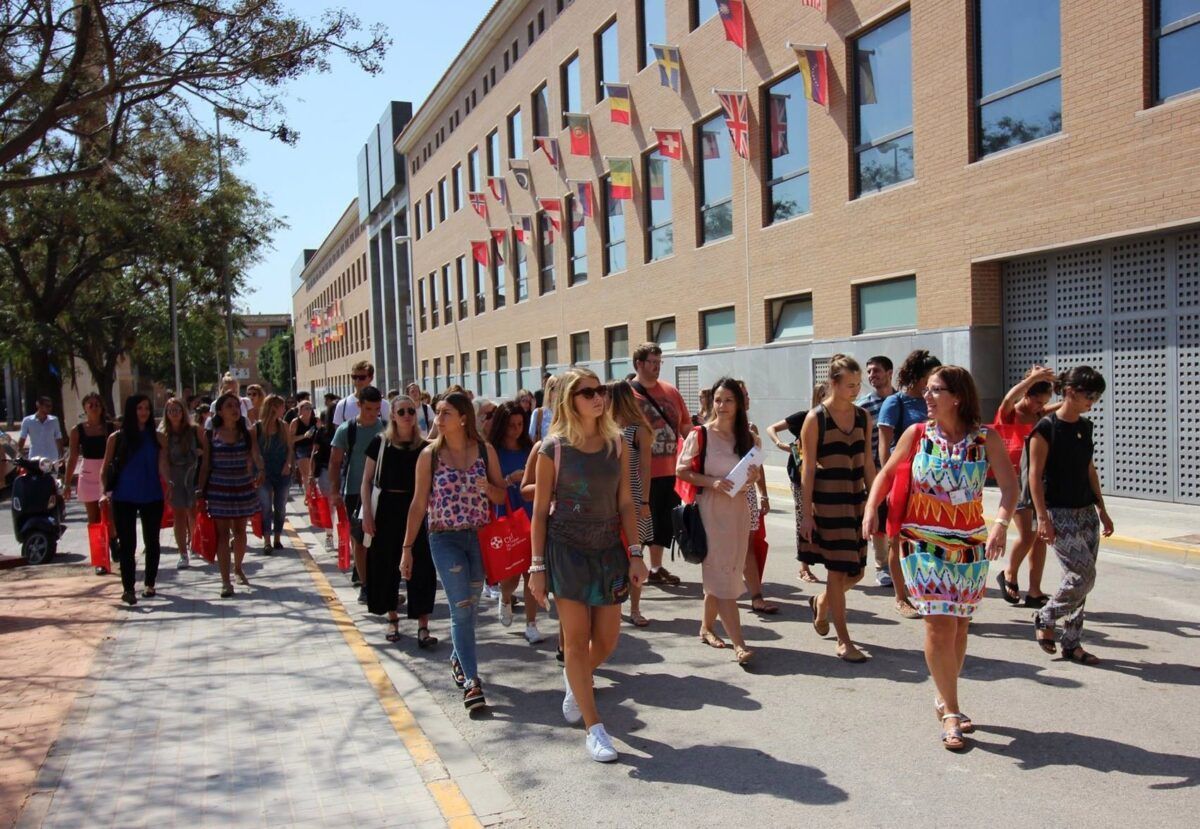
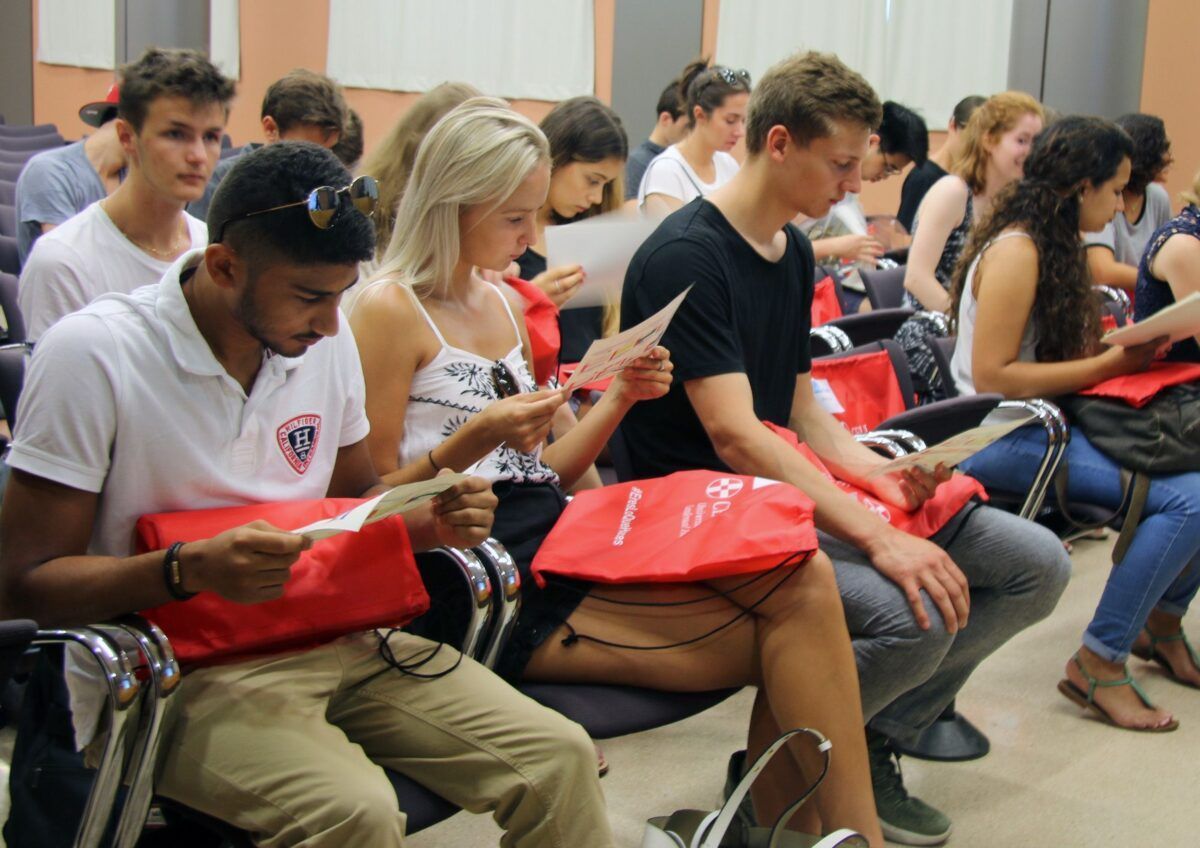
CEU UCH is the Spanish university with the highest proportion of international students.
Tell us more.
I can give you a little preview, but we’ll explain it in more depth on 4th December, together with other international projects, as part of an event that has been organized for all three CEU UCH campuses.
CEU Global Classroom is the umbrella structure that comprises all of our internationalization at home activities: the COIL programme, the teaching in other languages which we have spoken about, mirrored classes, international weeks, intensive programmes, international guest lecturers, Erasmus Mundus, and new international educational innovation projects – a whole universe of initiatives which we will talk about in detail at that event.
‘CEU Global Classroom is the umbrella structure that comprises all of our internationalization at home activities. A whole universe of initiatives.’
Well, we’ll be there on 4th December to learn more. Congratulations for the marvellous work you’re doing. You and the whole CEU community who are making this possible should be proud.
Thank you very much.
See examples of COIL projects at CEU UCH
